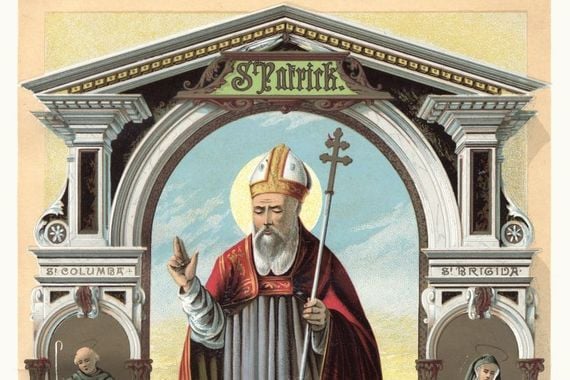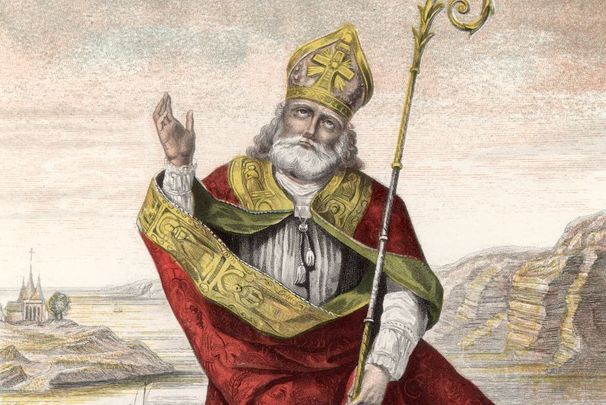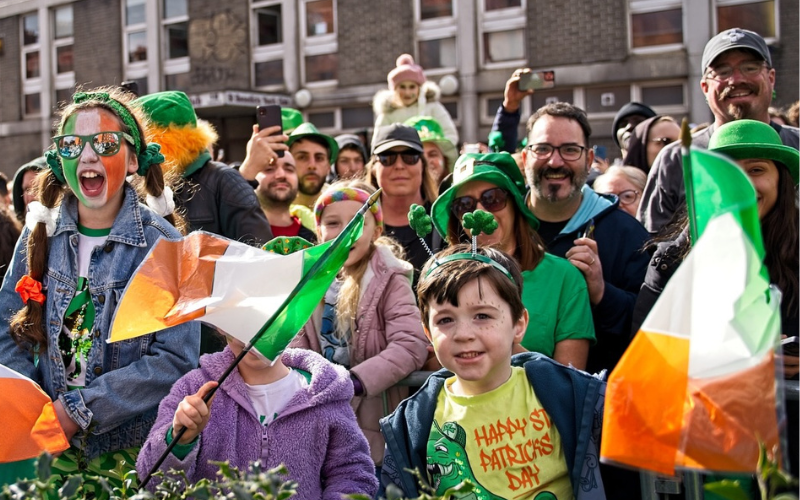St. Patrick is credited with bringing Christianity to Ireland after being taken there by Irish pirates at the age of 16 - a miracle in its own right depending on your point of view. But Patrick is associated with far more glamorous miracles for which he has received international fame.
St. Patrick banishes all snakes from Ireland
The miracle St. Patrick is most commonly associated with is the removal of snakes from the island of Ireland. The legend stems from Jocelyn of Furness, a 12th-century British monk who chronicled the life of the saint.
The legend states that venomous snakes attacked St. Patrick while he was undertaking a 40-day fast on top of a hill. A frustrated Patrick chased the snakes and they never returned to the island.
However, there is no evidence that there were ever any snakes in Ireland after the Ice Age, and historians believe that snakes are a metaphor for the pre-Christian druids that St. Patrick is said to have driven out when he brought modern religion to the country.
St. Patrick uses the shamrock to teach Christianity
Struggling to teach the pagan Irish about Christianity, St. Patrick turned to nature to educate the Irish about the Holy Trinity.
St. Patrick used the Shamrock, a three-leaved plant, to teach about God (the father), Jesus (the son), and the holy spirit and Christianity spread like wildfire across Ireland.
By the time of his death, St. Patrick had created roughly 300 churches in Ireland and converted more than 120,000 people to Christianity.
The shamrock has become synonymous with St. Patrick's Day celebrations around the world.
St. Patrick talks to Irish folklore legends
The 12th-century work Agallamh na Seanórach (Tales of the Elders of Ireland) claims that St. Patrick met two legends of Irish folklore while crossing the country.
The work says that St. Patrick met Caílte mac Rónáin (nephew of Fionn mac Cumhaill) and Oisín, who went to Tír na nÓg (land of the young).
St. Patrick reportedly made the bold attempt to convert the two figures to Christianity while they vociferously defended their pagan traditions.
Raising people from the dead

Getty
The origin of this miracle stems from St. Patrick himself. The Irish patron saint wrote that he performed resurrections but the legend was accentuated in the 12th century.
Again, Jocelyn of Furness contributed to the myth and he claimed that Patrick rose no less than 33 people from the dead, some of whom had been dead for many years.
St. Patrick's escape
At 16, St. Patrick was abducted while living in Wales and taken to Ireland by Irish raiders.
For six long years, he was enslaved as a shepherd and lived in abject poverty. He was regularly close to starvation and close to death by some accounts and he turned to his Christian faith.
One night, he heard a voice that he could find a ship in a port roughly 200 miles away that could take him home and he chanced a daring escape.
He successfully fled his captors and found the ship docked in the port. He met a reluctant captain, however, who refused to take him.
He turned to Christianity again and began to pray. The captain changed his mind almost instantaneously and allowed Patrick passage home.
St. Patrick would receive another vision telling him to return to Ireland and bring Christianity to the pagan land.
* Originally published in March 2020, updated in March 2025.




Comments